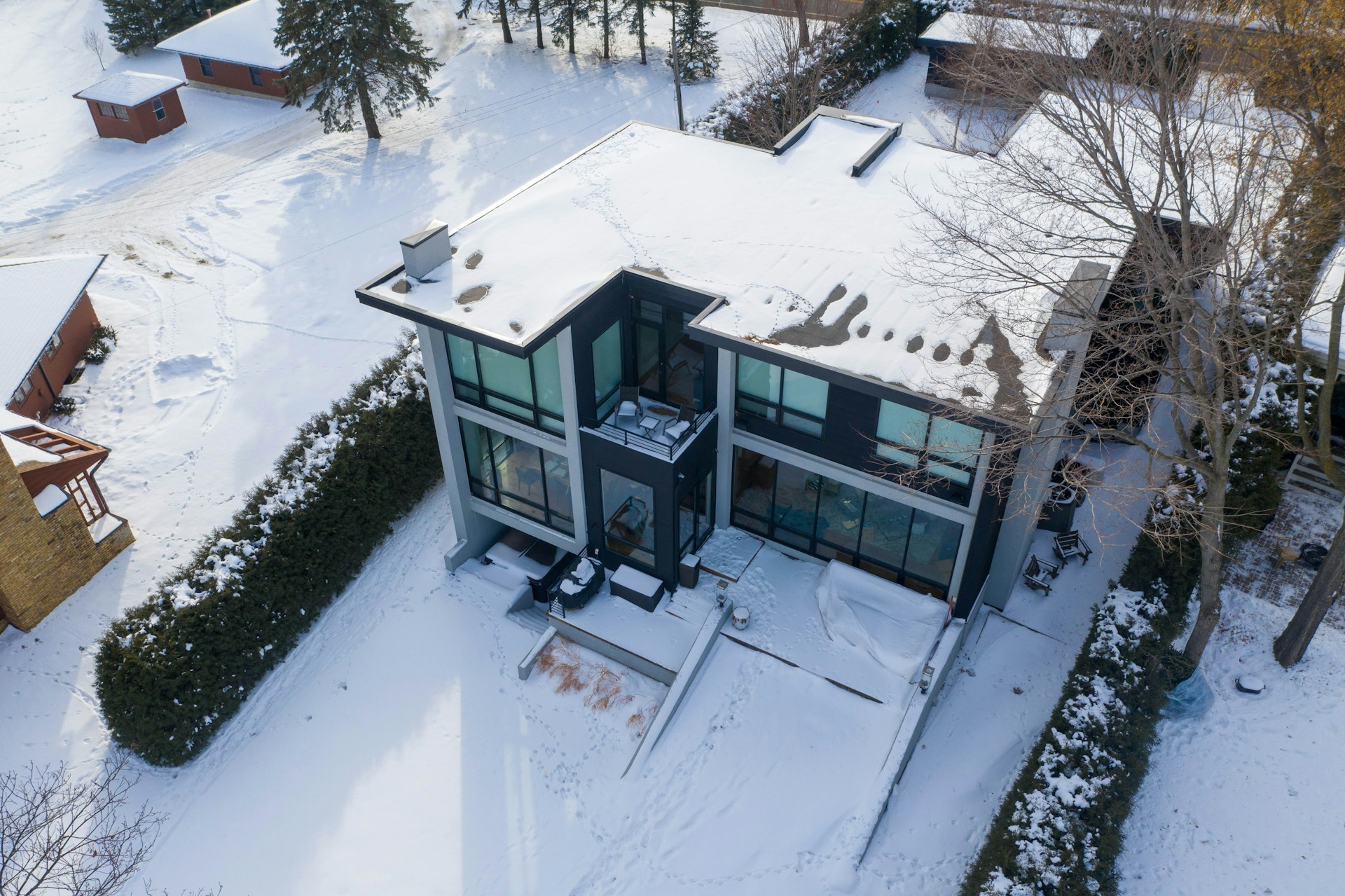
Winter can be beautiful with its snow and crisp air, but it can also be tough on your home. Just like you put on a warm coat when it's cold, your house needs protection too. Taking some simple steps before the harsh weather arrives, often called "winter-proofing," can save you from big problems and costly repairs later on.
Understanding the Importance of Winter Preparation
Many homeowners might not think about preparing their house for winter until the first cold snap hits. However, waiting until you see a problem, like a burst pipe or a leaking roof, means it’s often too late. Winter preparation is all about getting ahead of these issues. It’s about understanding how cold weather can affect different parts of your home and taking small, proactive steps to prevent damage. This isn't just about avoiding a headache; it's about protecting your biggest investment and ensuring your family stays warm and safe throughout the colder months.
Guarding Against Frozen Pipes
Few winter problems are as disruptive and costly as frozen pipes. When water inside your pipes turns to ice, it expands. This expansion can cause pipes to crack or burst, leading to significant water damage once the ice melts. The good news is that preventing frozen pipes is often quite simple.
One key step is to insulate exposed pipes. Pipes in unheated areas like basements, crawl spaces, or garages are most at risk. You can buy foam pipe insulation sleeves at any hardware store, which are easy to install. Think of it as giving your pipes a warm blanket.
Another important tip is to seal any cracks or openings in your home's exterior that might allow cold air to reach pipes. Even small gaps can let in enough cold air to freeze a vulnerable pipe.
During severe cold spells, especially if temperatures drop well below freezing, you can also let a faucet drip slowly. Moving water is much less likely to freeze than still water. A small drip keeps the water flowing and relieves pressure in the pipes, reducing the risk of a burst.

Preventing Damaging Ice Dams
Ice dams are another common winter woe that can cause serious damage to your roof and gutters. An ice dam forms when snow on your roof melts, runs down to the colder edges of the roof, and then refreezes, creating a ridge of ice. This ridge traps more melting snow behind it, forming a "dam." The water then has nowhere to go but under your shingles and into your attic or walls, leading to leaks and water damage inside your home.
The primary cause of ice dams is uneven roof temperatures, often resulting from inadequate attic insulation and ventilation. If your attic is warm, it melts the snow on the roof above it. The edges of the roof, which hang over the unheated eaves, remain cold, causing the meltwater to refreeze.
To prevent ice dams, ensure your attic has proper insulation. This keeps heat from escaping your living spaces into the attic. Additionally, good attic ventilation helps keep the attic space cold, matching the temperature of the roof edges. This way, the entire roof stays cold, and snow melts evenly, or not at all, preventing the cycle of melting and refreezing that creates ice dams. Clearing gutters before winter also helps, as clogged gutters can contribute to ice buildup.
Protecting Your Home from Snow Damage
While a fresh blanket of snow can be beautiful, heavy snowfall can pose a threat to your home's structure. Large amounts of snow, especially wet snow, can be incredibly heavy and put significant stress on your roof. This can lead to structural damage or even collapse in extreme cases.
It’s important to safely remove excessive snow from your roof if you live in an area prone to heavy snowfall. Using a roof rake (a long-handled tool designed for this purpose) allows you to pull snow off the roof while keeping your feet safely on the ground. Never climb onto a snow-covered roof, as it can be very dangerous.
Before winter sets in, it’s also a good idea to inspect your roof for any weak spots or existing damage. Repairing loose or missing shingles and ensuring your roof is in good condition can help it withstand the weight of snow. Remember, preventative roof maintenance is key to avoiding significant damage.
Sealing Out Drafts and Conserving Heat
Winterizing your home isn't just about preventing damage; it's also about staying warm and saving on heating costs. Cold air drafts are a major contributor to heat loss, causing your heating system to work harder and increasing your energy bills.
Take time to find and seal any drafts in your home. Common places for drafts include around windows, doors, electrical outlets, and where pipes or wires enter the house. You can often feel drafts by holding your hand near these areas on a cold day.
Simple solutions include weatherstripping around doors and windows to create a tighter seal, and caulk for filling cracks in exterior walls or around window frames. For unused windows, you might consider using window insulation film kits, which create an airtight barrier. These small improvements make a big difference in keeping the warm air inside your home where it belongs.
The Lasting Value of Preventive Winter Home Care
Taking these steps to winter-proof your home is a clear investment in its longevity and your peace of mind. While it requires some effort before the cold weather hits, the benefits far outweigh the inconvenience. You're not just avoiding the immediate hassle of a burst pipe or a leaky roof; you're also preventing the long-term structural damage that can arise from repeated exposure to harsh winter conditions.
Start Your Quote Today
Our licensed specialist will search for the best insurance quotes and will email you when ready.



